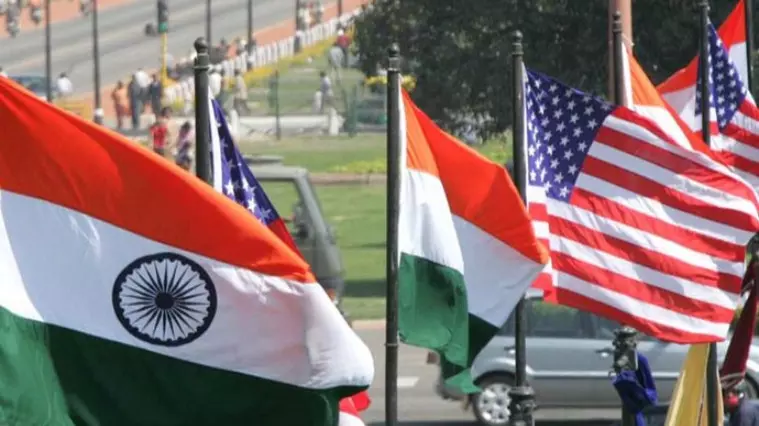US may scrap 25% penal duty on India, cut reciprocal tariffs to 10–15%: CEA

New Delhi/Kolkata: Chief Economic Adviser V Anantha Nageswaran on Thursday said he anticipates that the United States may soon reverse the additional tariffs imposed on Indian goods, a move that could bring much-needed relief for exporters who have been grappling with steep duties since August.
Speaking at interactive sessions organised by the Bharat Chamber of Commerce and later the Merchants Chamber of Commerce and Industry in Kolkata, Nageswaran said Washington’s 25 per cent penal tariff could be rolled back as early as November 30. “I do believe that the penal tariffs will not be there beyond November 30,” he remarked, clarifying that it was an assessment rather than a conclusion drawn from any formal assurance.
He noted that the reciprocal duties imposed by India in response, currently at 25 per cent, might be adjusted downward to a range between 10 per cent and 15 per cent if the situation eases. “My hunch is that in the next eight to ten weeks, we will likely see a solution to the tariffs imposed by the US on Indian goods,” the CEA said, adding that discussions were continuing at the government level.
The punitive levies were introduced by Washington earlier this year, citing India’s continued purchase of discounted Russian oil, effectively raising the total tariff burden on certain Indian products to 50 per cent. Nageswaran cautioned that if the duties persist, Indian exports to the US could decline.
Turning to broader economic trends, the CEA described India as an “aspirational lower-middle-income economy” that has shown robust recovery since the pandemic. He highlighted that real GDP growth for the first quarter of the current financial year stood at 7.8 per cent, outpacing many other nations. Manufacturing, services, and agriculture are expected to drive growth over the next two years, he added, with consumption and investment continuing to provide strong momentum.
According to Nageswaran, India’s debt-to-GDP ratio reflects efficient capital utilisation. “With every dollar of debt, India generates more GDP compared to several other countries,” he said. He also pointed to steady rural demand and rising urban consumption, further supported by recent adjustments in GST rates that leave more disposable income in the hands of consumers.
The adviser underlined resilience in India’s external sector, noting that trade has remained strong in the current fiscal year, foreign exchange reserves are healthy, and the current account deficit narrowed to 0.2 per cent of GDP in the first quarter of 2025–26. While acknowledging the rupee’s recent depreciation against the US dollar, he said, “Given the underlying strength of the economy, in the longer run, the rupee is likely to hold its value and become stronger.”
Nageswaran also spoke about policy priorities, including capital expenditure on infrastructure, incentives for private investment, and deregulation. He called on the private sector to invest more in innovation and research, while noting that the impact of artificial intelligence on jobs remains limited so far.



